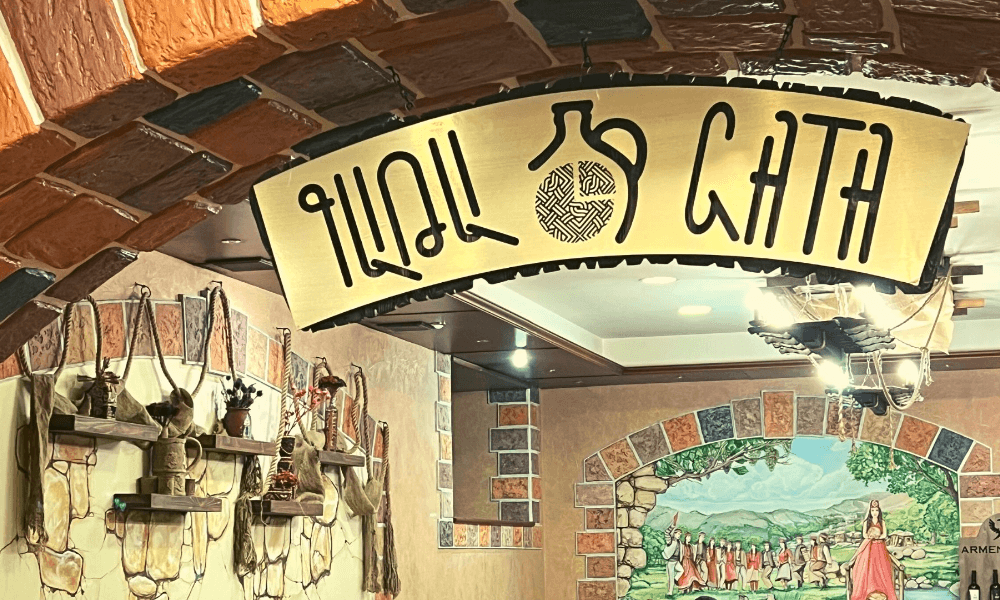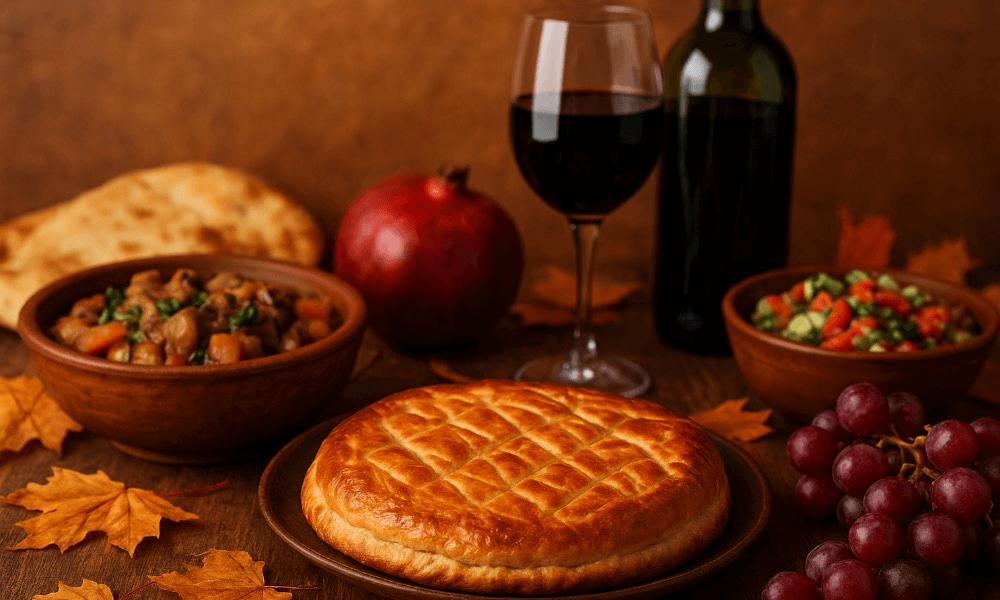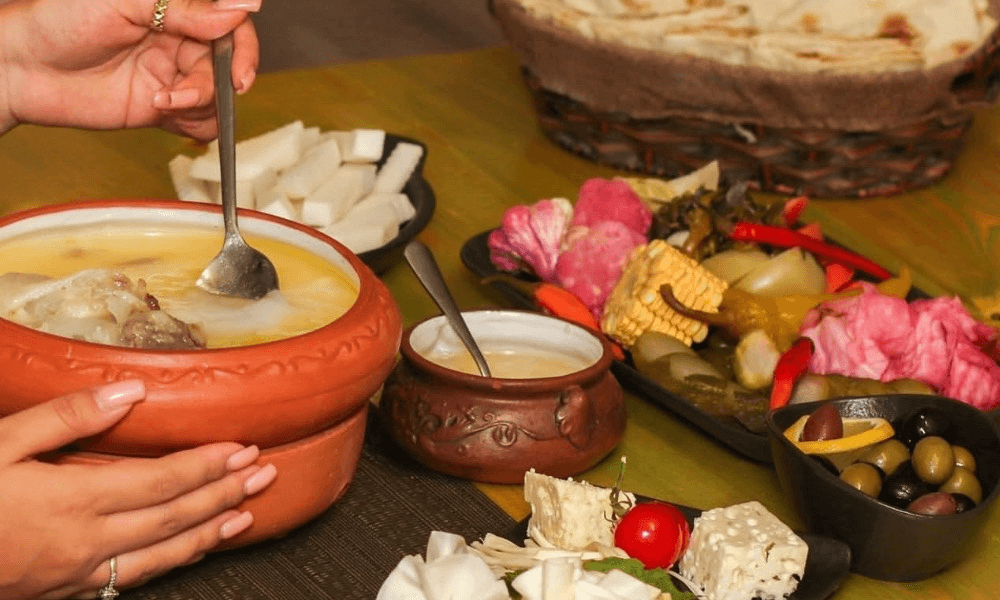
Armenian Cuisine: A Blend of History, Heritage, and Flavor
National cuisine is a cultural treasure that carries an important symbol of the preservation of the history and traditions of a people.
Armenian cuisine is more than just food; every dish tells a story, recounting the history of daily life and the national memory.
Ancient Ingredients
Many Armenian dishes feature ingredients that have been cultivated in the region for thousands of years, such as wheat, barley, apricots, and pomegranates. These ingredients not only define the delectable cuisine but also reflect Armenia’s rich agricultural history.
Traditional Techniques
Traditional cooking methods, such as roasting over an open fire, baking in ovens, and marinating in barrels, continue to be employed today. These techniques have been passed down from generation to generation.
Celebrations
Armenian cuisine plays a central role in holidays and gatherings. The preparation and sharing of dishes like tolma (stuffed grape leaves) and barbecuing are cherished traditions that bring families and friends together.
Symbolism in Food
Certain Armenian dishes hold deep cultural significance. For instance, lavash, a soft, thin flatbread, symbolizes life and motherhood. Moreover, no Armenian dinner is considered complete without a glass of wine.
Satisfying Tastes
One of the most enticing aspects of traditional cuisine is its vibrant and robust flavors, as well as the use of aromatic herbs and spices. Fresh and aromatic herbs like parsley, tarragon, garlic, and chives enhance the flavor and appearance of every dish.
Armenian cuisine serves as a splendid culinary workshop where genuine masterpieces are born. From the timeless ingredients that are lovingly preserved to the rich symbolism embedded in the food, Armenian cuisine offers an opportunity to immerse oneself in a vibrant culture.






